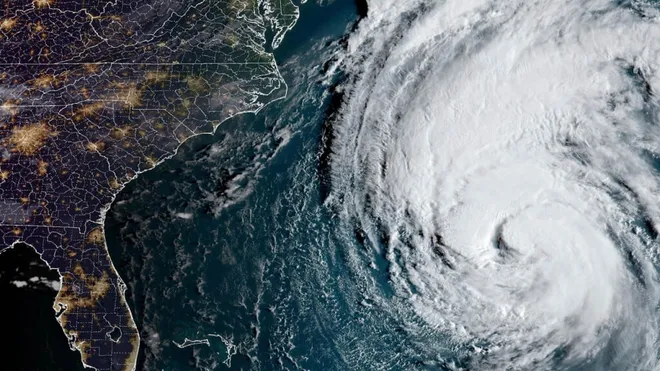Hurricane Season 2024: Tree Prep Checklist
As another hurricane season looms on the horizon, homeowners and communities must prepare adequately. Among the many tasks on your hurricane preparedness checklist, one that often gets overlooked is tree preparation. Trees can pose a significant risk during hurricanes, as strong winds can uproot them or break their branches, causing damage to property and posing a danger to people. To help you safeguard your home and surroundings, here’s a comprehensive tree prep checklist for the 2024 hurricane season:
1. Assess Tree Health:
- Start by inspecting all trees on your property for signs of disease, decay, or damage. Look for hollowed trunks, cracked bark, or dead branches.
- Pay special attention to trees near your home, power lines, or other structures, as these pose the greatest risk during high winds.
- If you notice any concerning issues, consult with a certified arborist to assess the tree’s health and determine if it needs to be pruned or removed.
2. Pruning:
- Trim back branches that are close to your home, power lines, or neighboring properties. Aim to create a clearance of at least 10 feet from structures.
- Remove any dead, diseased, or weak branches that could become projectiles in strong winds.
- Prune trees to improve their overall structure and balance, reducing the risk of branches breaking off during a storm.
3. Remove Hazardous Trees:
- Identify any trees that are leaning precariously or showing signs of significant decay. These trees are likely to topple over in a hurricane and should be removed promptly.
- Consider the proximity of trees to your home and other structures when evaluating their hazard potential.
- Hire a professional tree removal service to safely take down any trees deemed hazardous.
4. Secure Loose Objects:
- Remove any objects around trees that could become airborne projectiles during a storm, such as lawn furniture, garden tools, or decorative items.
- Reinforce young or newly planted trees with stakes and ties to prevent them from toppling over in high winds.
5. Soil Management:
- Keep the soil around trees well-drained to prevent waterlogging, which can weaken root systems and make trees more susceptible to uprooting.
- Apply mulch around the base of trees to help retain moisture and protect roots from erosion.
6. Emergency Kit:
- Assemble an emergency kit that includes tools for post-storm cleanup, such as chainsaws, hand saws, loppers, and pruning shears.
- Stock up on supplies like rope, tarps, and heavy-duty gloves to assist with tree-related tasks after a hurricane.
7. Create a Plan:
- Develop a plan for what to do in the event of a fallen tree or branches blocking access to your home or causing damage.
- Identify a safe location to shelter during the storm, away from windows and exterior walls, in case trees or branches come crashing down.
- Have contact information readily available for tree removal services and emergency responders in case assistance is needed.
8. Stay Informed:
- Stay informed about weather forecasts and hurricane warnings issued by local authorities.
- Act promptly to implement your tree prep checklist when a hurricane watch or warning is issued for your area.
By following this tree prep checklist, you can help mitigate the risks posed by trees during hurricane season and protect your home and loved ones from harm. Remember, proactive preparation is key to weathering the storm safely.
